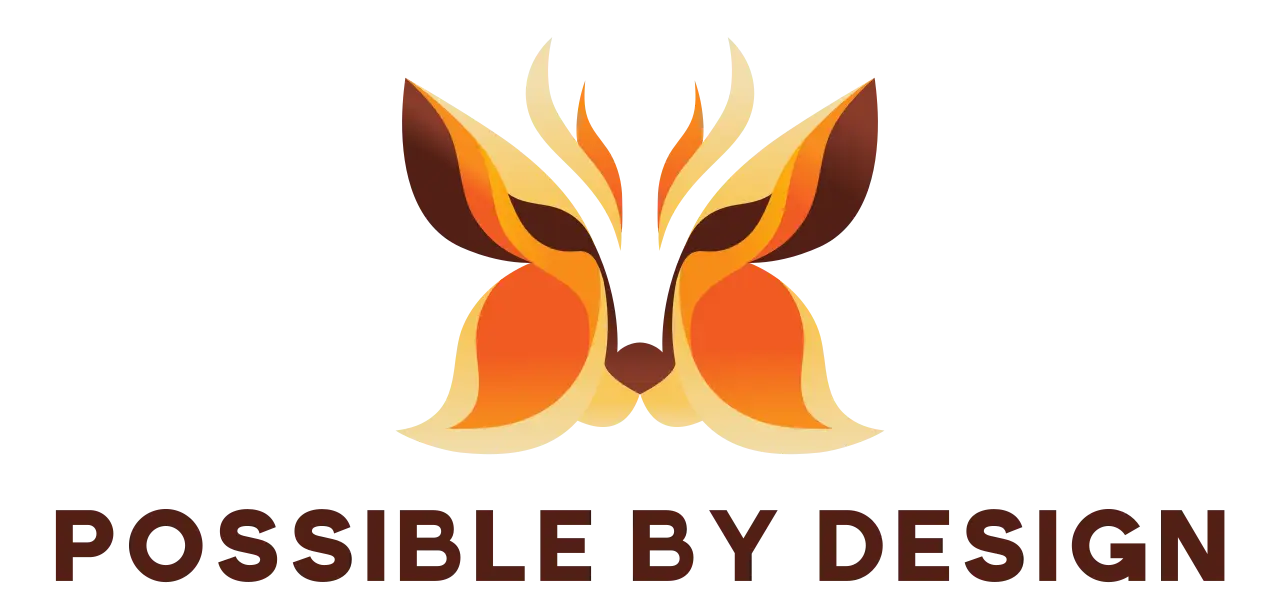Prioritize content marketing if you want to be a trusted expert.
In today’s digital ocean of endless information, content marketing has emerged as a vital strategy for building brand awareness, fostering trust, and driving sales. But what exactly is content marketing, and how can you get started?
Let’s start small. You can always grow your plan later. With our focus on creative entrepreneurs and small business owners, we like to create building blocks rather than go all in on a big plan right out of the gate.
Why? Because a content marketing plan is really important and you’re busy. For a plan to be effective, it doesn’t need to be complicated.
Soooo, let’s get going on your very first content marketing plan.
What is Content Marketing?
It’s a strategic approach to engage your audience and build trust with consistent and meaningful content.
Sounds easy, right? Not exactly, but it can be fun.
One of the best things about content marketing is that over time it establishes your company as the knowledgeable experts, making your business the place customers go to when they need help making decisions or are ready to buy.
And hopefully they become so excited about their experience, they become advocates and start to spread the word about your brand. Wouldn’t it be nice for them if there was some content handy that they could easily share with your future customers?
You can see where this is going. It all comes full circle. And there you are, always saying the right thing at the right time.
Why is Content so Important?
- Builds trust: By offering valuable content, you establish credibility and foster trust with your audience.
- Boosts engagement: Relevant content encourages interaction and engagement, helping to build a loyal community.
- Enhances SEO: Content can improve your website’s search engine ranking, making it easier for potential customers to find you.
- Drives conversions: Effective content marketing guides prospects through the sales funnel, turning them into loyal customers.
Sales funnel? We’ll get to that later.
Creating Your First Content Marketing Plan
Step 1: Define Your Goals
Before you start creating content, spend some time to outline your goals. What outcomes are you looking for? Your goals will help determine how you will use content strategically and frame how you will measure success.
Common goals include:
- Increasing brand awareness
- Generating leads
- Driving website traffic
- Boosting sales
- Enhancing customer retention
- Inspiring customer advocacy
To start, pick one or two goals only to help you focus.
Tip: Use the SMART criteria (Specific, Measurable, Achievable, Relevant, Time-bound) to ensure your goals are clear and actionable.
Step 2: Know Your Audience
Content marketing is most effective when you have a solid understanding of your audience. If you’re just starting out and your budget is tight, start with your Ideal Customer Avatar (ICA). Focus on that one customer who will love your product or service. The ICA is a fictional representation of this person. Think about demographics, behaviors, and needs. What do these customers want from you and how do you fit into their lives? Avatars are based on assumption, but it can be helpful to talk to people you know who fit the profile or do some simple online research.
If you’re ready to go deeper, create detailed Buyer Personas—semi-fictional representations of your ideal customers that include demographic information, interests, pain points, and behavior patterns. Personas are more holistic than ICAs in that they focus on the customers overall experience with your brand while ICAs tend to be more focused on who you want to market and sell to. The most effective personas have data to back them. The degree of research you conduct will largely depend on your budget and how personalized you want to get with your messaging.
Avatars and personas will help you shape the type of content to create and the tone you will use to deliver it.
Psst. This is also a good time to do some competitive research.
Tip: Conduct surveys, analyze existing customer data, tap into secondary research (e.g. U.S. Census Bureau, Google Scholar, Pew Research) , and engage with your audience on social media to gather insights.
Step 3: Understand the Buyer’s Journey
Remember the sales funnel mentioned earlier in this post? The Buyer’s Journey is essentially that funnel. It’s the stages customers move through when interacting with your brand.
There are four key points in the journey:
- Introduction: What do customers need to know when they first hear about your brand?
- Getting to know you: What kind of information do they need to make decisions about your brand?
- Choosing you: What nudges or knowledge will help them choose you?
- Advocating for you: How do you inspire customers to speak highly of your brand?
Mapping out the journey provides an in-depth look at what customers are thinking, feeling, and behaving at every stage. Why is this important? It helps you create content that is relevant to customers at each point in their journey. For example, someone hearing about your brand for the first time (awareness) needs different information than someone who is just about to make a purchase (decision).
Tip: User your ICA or personas to guide the journey, facilitate a collaborative workshop to map out the journey.
Step 4: Develop Your Content Strategy
This is where your goals and understanding of your customer start to shape a plan. Your content strategy outlines the type of content you’ll create, how you’ll deliver it, and how often.
Here are key elements to consider:
- Style Guide: Define and document the voice and tone, brand principles, formatting, grammar and punctuation. It’s important to stay consistent so your customers recognize you anywhere.
- Key phrase Research: Identify key phrases your customers might use to search when looking for products or services like yours and use them to optimize your content for search engines.
- Content Types: Decide on the formats you’ll use, such as blog posts, videos, and social media posts.
- Content Themes: Choose themes that resonate with your audience and align with your goals. For example, if you’re a fitness brand, themes might include workout tips, healthy recipes, and motivational stories.
- Content Calendar: Plan and schedule your content in advance to maintain consistency. A content calendar helps you organize your publishing schedule and ensures that you cover a variety of topics.
Understanding your customer is critical to create a relevant content strategy that will get results.
Tip: Use tools like Google Calendar, Trello, or a well-designed spreadsheet template to keep track of your schedule.
Step 5: Create Content
With your strategy in place, it’s time for some fun! OK maybe it’s not fun for everyone, but it’s a chance to get creative and have impact.
Focus on:
- Value: Make sure your content is relevant to your audience, their needs, and interests. Follow your style guide and your content strategy!
- Clarity: Keep it simple.Make sure your message is easy to understand.
- Engagement: Create content that draws your audience in. Use visuals, meaningful headlines, and interactive elements to capture attention.
Tip: Incorporate storytelling into your content to make it more relatable and memorable.
Step 5: Distribute Your Content
Now that you have some great content, start sharing it with your target audience. Remember those personas? They will help you decide which platforms and methods are best for promoting your content.
Here are some distribution strategies to consider:
- Email Marketing: Your email list is the most valuable way to market. If you choose one way to promote your content, make it your email list.
- SEO: Optimize your content for search engines using relevant keywords and meta descriptions to improve visibility.
- Social Media: Share your content on the social media platforms where you’ll find your key audience. Make sure you have time to monitor and reply to comments and messages.
Tip: Track what’s working and what isn’t so you and your team spend your time focusing on what brings the most value.
Step 6: Measure
Remember those goals you set? Now it’s time to take a look at how you’ll measure success.
Consider key performance indicators (KPIs) such as:
- Website traffic
- Social media engagement
- Lead generation
- Conversion rates
- Customer satisfaction
Use tools like Google Analytics, social media insights, and simple survey tools.
Tip: Regularly review performance to identify any areas for improvement.
Step 7: Iterate and Improve
Content marketing is an ongoing process. Based on your analysis, refine your strategy, tweak your content, and experiment with new approaches. Stay updated with industry trends and be open to evolving your tactics as needed.
Tip: Seek feedback from your audience and team members to continuously enhance your content marketing efforts.
Final Thoughts
Content marketing can be both exciting and challenging. These steps outline some key aspects of creating a strong foundation. A voice and tone that resonates with your audience, value, consistency, and relevancy are key to getting results (don’t forget to measure).
Final tip: If you’re just starting out, keep it simple. Stick to light research, focus on one or two aspects from each step, and set a time limit for activity. And it’s ok to hold off the the techy stuff like setting up Google analytics. The important thing is to have a strategy in place and start sharing content! You can continue to build on your strategy as you move forward. Content marketing is a process, not a one and done scenario.
Embrace the possibilities!



